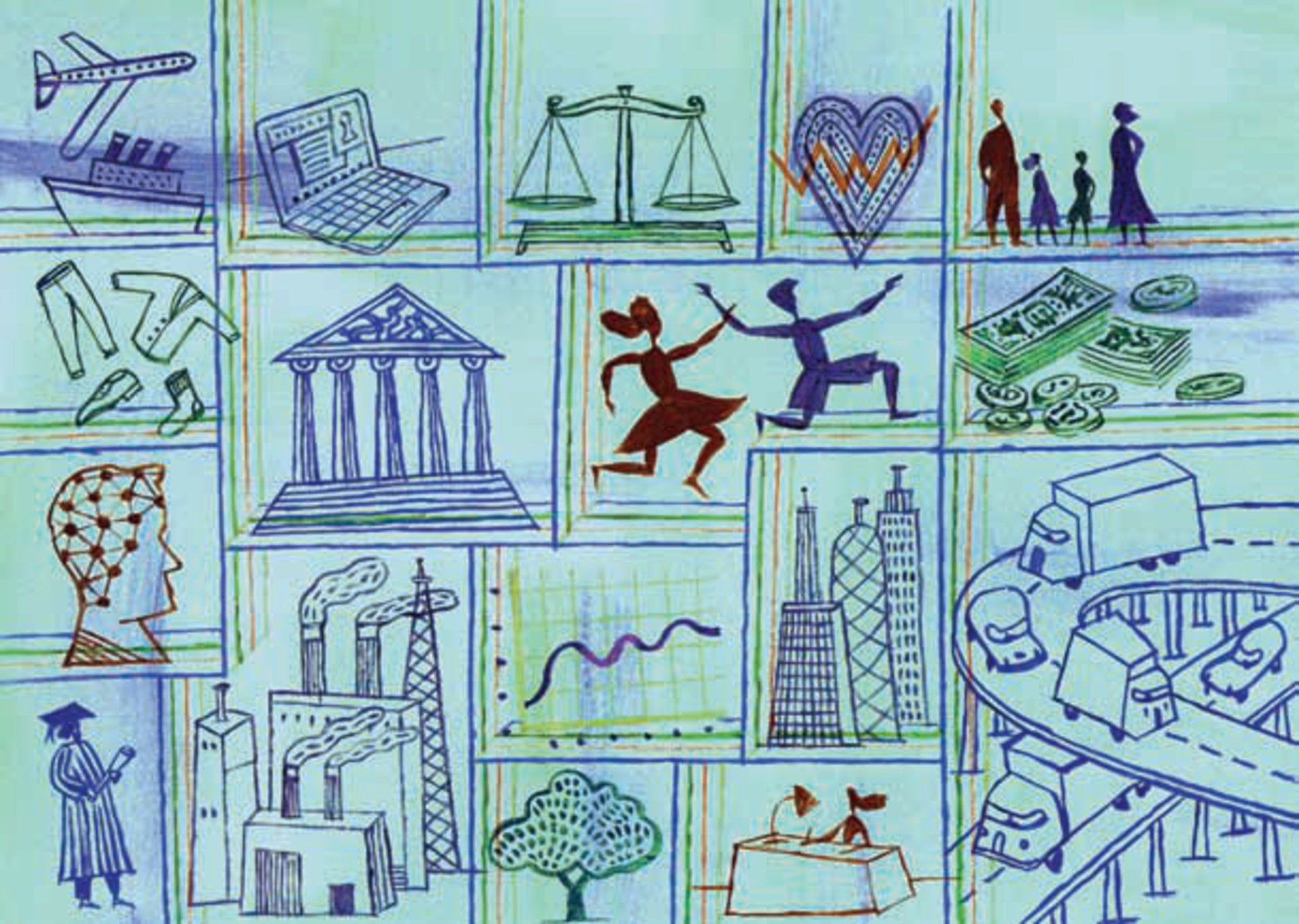A diverse and inclusive workforce can help to strengthen government performance by boosting innovation and enhancing core public service values (Nolan-Flecha, 2019). It can increase public service quality by providing services that reflect and meet the needs of the community, improving social dialogue and communication. The OECD Recommendations on Public Service Leadership and Capability and on Gender Equality in Public Life underscore the need to build diverse – including gender-diverse – workplaces and ensure equal access to under-represented groups. Equal representation of women and men in the public sector is a key indicator of progress towards gender equality and diversity.
In 2019, women made up a larger share of public sector employees in OECD countries on average (58%) than of total employment (45%) and this was the case in all OECD countries except Japan, Luxembourg and Turkey. The difference is more than 20 p.p. in Sweden, Finland, Norway and Denmark (Figure 3.7). One reason for this phenomenon is that some public sector occupations, such as teachers or nurses, are female dominated as they are often traditionally considered “women’s jobs”. Many OECD countries are taking steps to eliminate this occupational segregation and tackle gender stereotypes (OECD, 2019b).
Few OECD countries achieve gender parity in senior central government positions (Figures 3.8 and 3.9). On average, 37% of senior positions are held by women. Latvia, Sweden, and Greece have the largest share of women in senior positions (53-56%) while Japan (4%) and Korea (9%) have the smallest. In almost all OECD countries, the share of women in middle and senior management is lower than for other central government positions, possibly indicating difficulties in climbing the leadership ladder. Only in Sweden do women make up a larger share of middle and senior management positions than for other central government positions, although in Colombia, Greece and Latvia, the share in middle management positions is larger than for other positions (Figure 3.8).
Since 2015, the share of women in senior positions grew in most countries, except France, Mexico, Poland and Lithuania, where it fell slightly. The increase was the greatest in the Slovak Republic (15 p.p.), Spain (14 p.p.) and Sweden (11 p.p.) (Figure 3.9). Policies that aim at gender balance in the most senior levels of administration, such as developing a diversity strategy or setting hiring targets for women, can attract more women into these roles. This will also contribute to more gender-responsive policy making.



